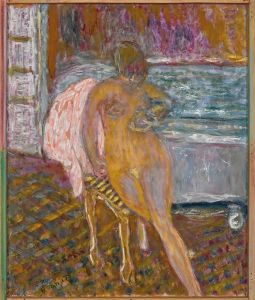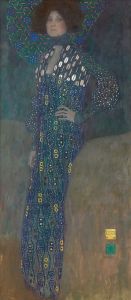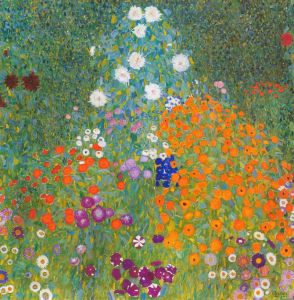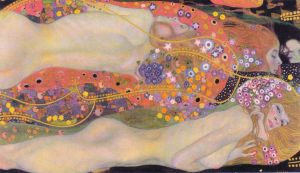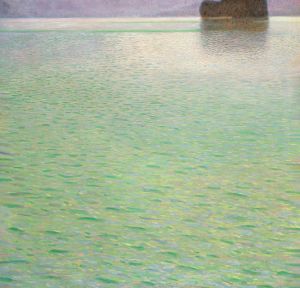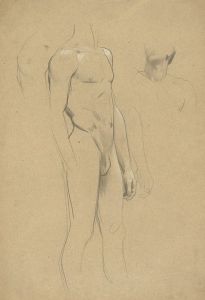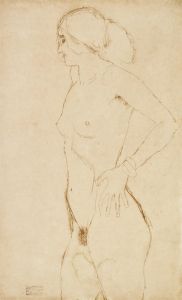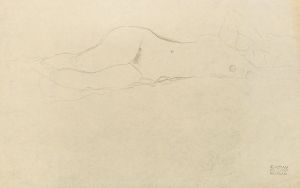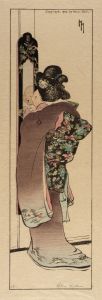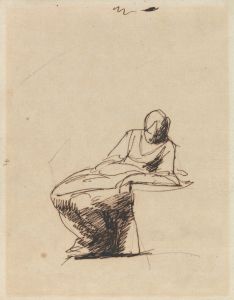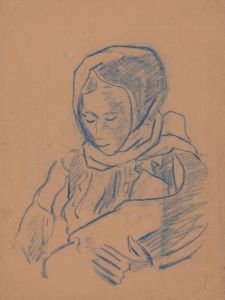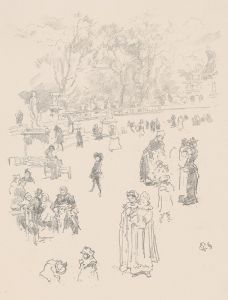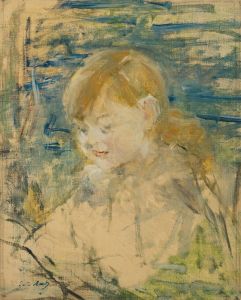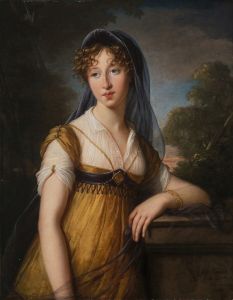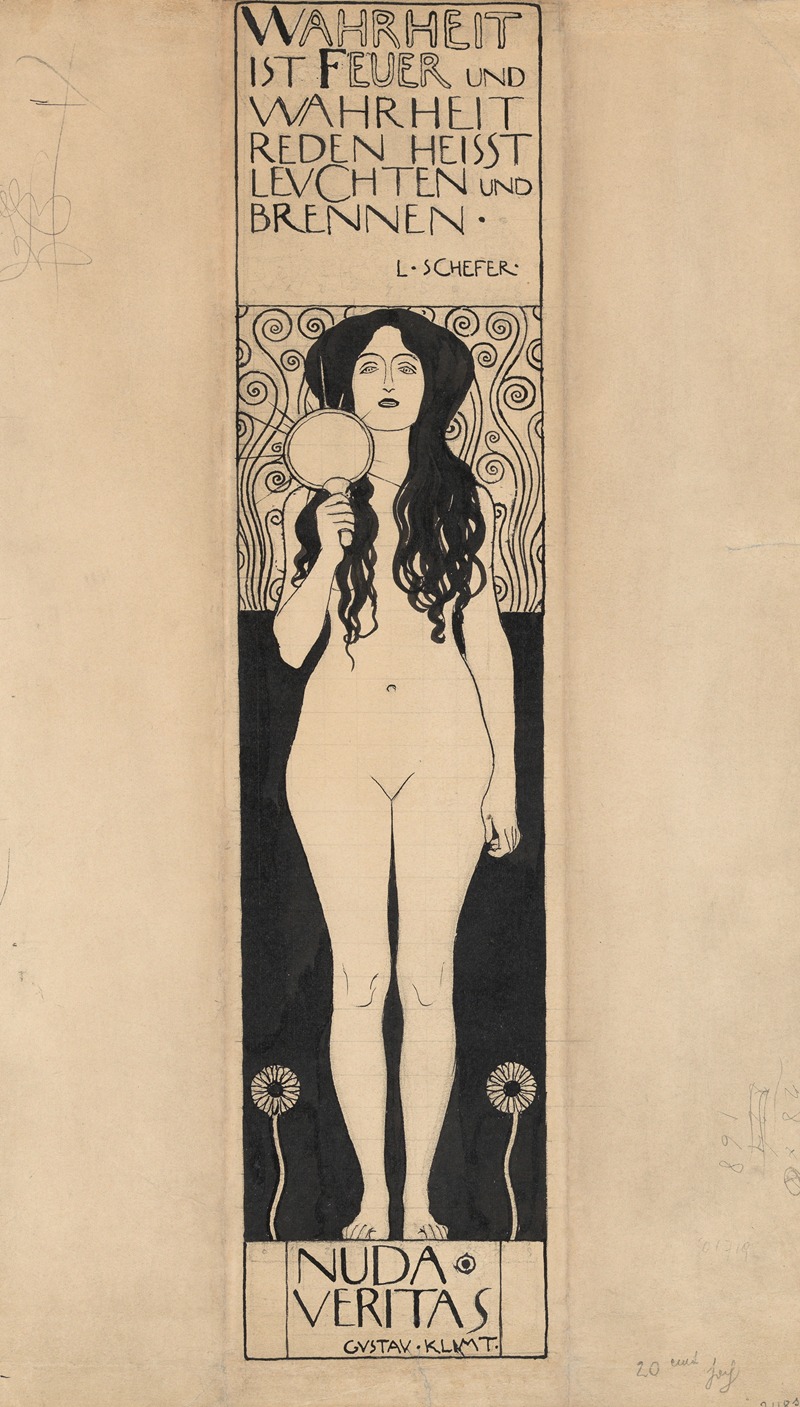
Nuda Veritas
A hand-painted replica of Gustav Klimt’s masterpiece Nuda Veritas, meticulously crafted by professional artists to capture the true essence of the original. Each piece is created with museum-quality canvas and rare mineral pigments, carefully painted by experienced artists with delicate brushstrokes and rich, layered colors to perfectly recreate the texture of the original artwork. Unlike machine-printed reproductions, this hand-painted version brings the painting to life, infused with the artist’s emotions and skill in every stroke. Whether for personal collection or home decoration, it instantly elevates the artistic atmosphere of any space.
Nuda Veritas (Latin for "Naked Truth") is a painting created by Austrian Symbolist artist Gustav Klimt in 1899. This work is considered a significant example of Klimt's early exploration of Symbolism and his departure from traditional academic art. The painting reflects themes of truth, beauty, and the role of art in society, which were central to Klimt's oeuvre during this period.
The artwork depicts a life-sized, nude female figure standing upright, holding a mirror in her left hand. The mirror is directed outward, symbolizing self-reflection and the confrontation of truth. The figure's pose is confident and unapologetic, emphasizing the idea of truth as something that cannot be hidden or compromised. Above the figure, a quotation from Friedrich Schiller is inscribed in German: "Wenn du nicht gefällst, so ist es besser, daß du dich gefällst!" This translates to, "If you cannot please everyone with your deeds and your art, please only yourself!" This statement underscores the painting's theme of artistic integrity and the importance of staying true to one's vision, even in the face of criticism.
The background of the painting is richly decorated with intricate patterns and motifs, characteristic of Klimt's style. The use of gold and the detailed ornamentation foreshadow the artist's later works, particularly those from his "Golden Phase." However, unlike his later paintings, Nuda Veritas is more restrained in its use of gold and focuses more on the symbolic and allegorical elements.
At the time of its creation, Nuda Veritas was a provocative work that challenged the conservative norms of late 19th-century Viennese society. Klimt was a founding member of the Vienna Secession, a group of artists who sought to break away from traditional academic art and promote modernist ideas. This painting embodies the Secessionist ideals of artistic freedom and the pursuit of truth, even when it is uncomfortable or controversial.
Today, Nuda Veritas is recognized as an important work in Klimt's career and a precursor to his more famous masterpieces, such as The Kiss and Portrait of Adele Bloch-Bauer I. The painting is housed in the Österreichisches Theatermuseum (Austrian Theatre Museum) in Vienna, Austria, where it remains an enduring symbol of Klimt's commitment to artistic innovation and the exploration of universal themes.





